The Expert's Guide on Pearl Shapes - Everything You Need to Know

Have you ever wondered why some pearls are more valuable than others? For many years working as a jewelry expert, I can assure you that a pearl's shape can significantly impact its quality and value.
For example, perfectly round pearls are the most valuable since they are the rarest. On the other hand, more oval pearls are less valuable because they are more common.
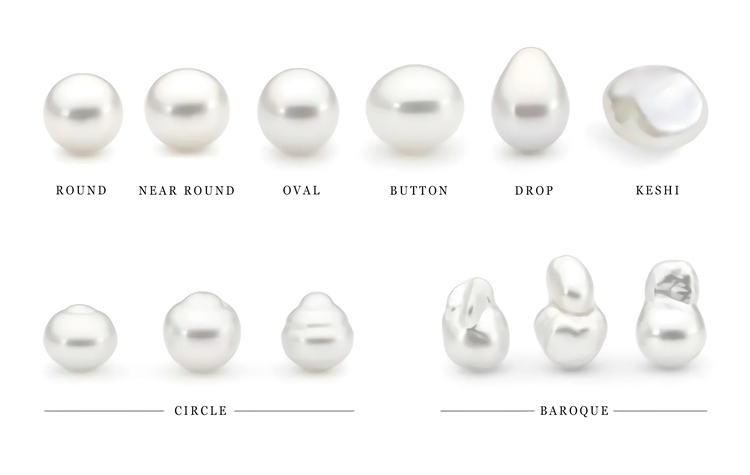
In this blog post, I'll take a closer look at the different shapes of pearls and what they mean for their value. I'll also share with you some tips for judging pearl shape. So if you're in the market for a piece of beautiful pearl jewelry, read on!
How Do Pearls Get Their Shapes?
The answer may surprise you: pearls get their shapes from the oysters that create them. That's right, the same mollusks commonly eaten as a delicacy are also responsible for some of the most beautiful jewelry in the world.
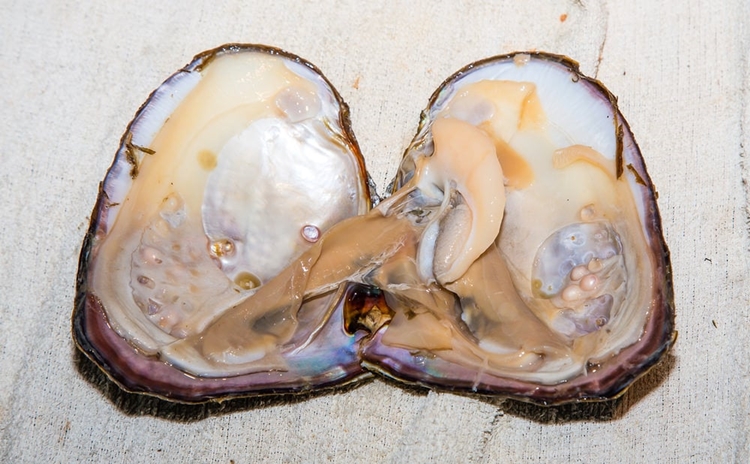
So how does it work? Well, pearls are created when an irritant, typically a piece of sand, gets into an oyster's shell. To protect itself, the oyster will secret a substance called nacre around the irritant.
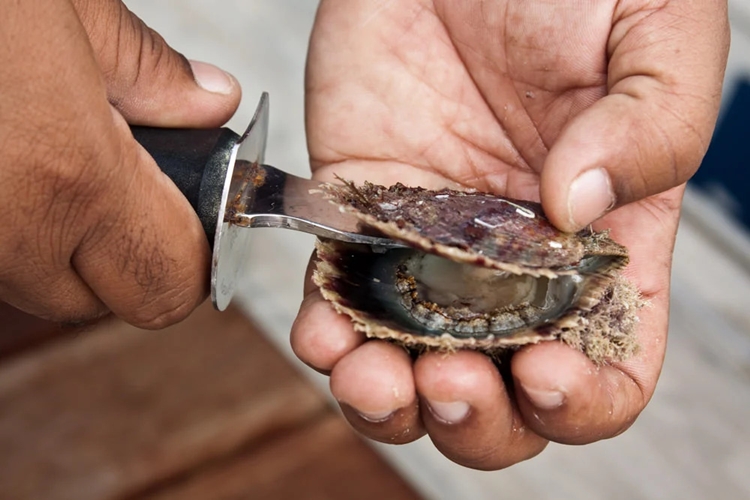
Over time, layer upon layer of nacre is deposited, and the pearl begins to take shape. The final product is a beautiful gem that is unique in both shape and size.
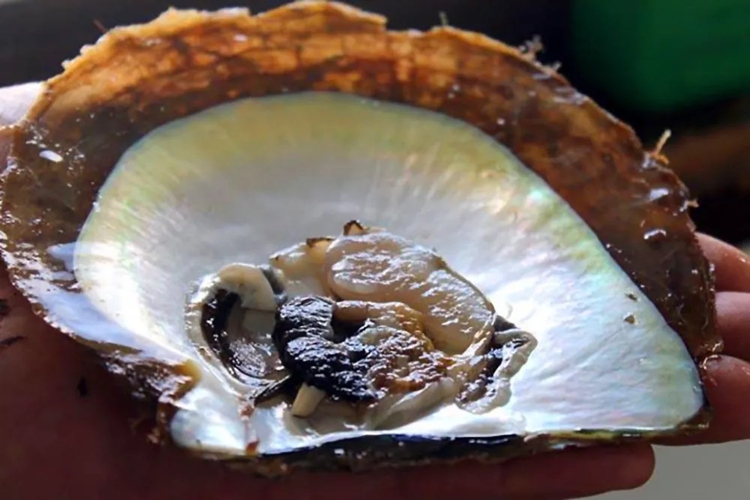
However, the shape of a pearl is also determined by several other factors, including how long it took to form a pearl, the size and shape of the nucleus, and where the pearl formed inside the animal.
Species of Mollusk
The species of mollusk plays a role in determining the shape of the pearl. For example, the Akoya pearl is a saltwater pearl cultivated in the Akoya oyster. These pearls are typically round since the oyster that creates them has a spherical shell.
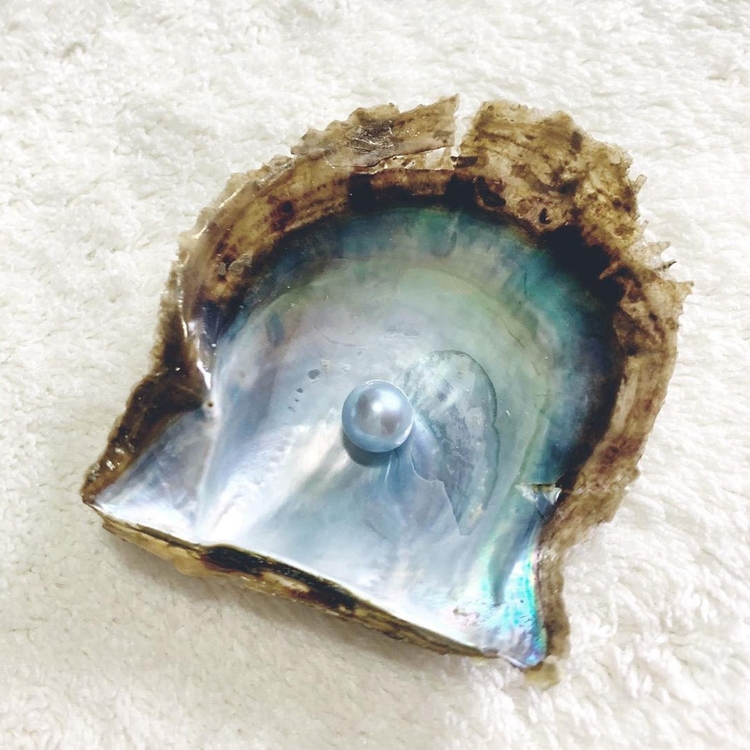
Time of Formation
The longer it takes for a pearl to form, the more time it is influenced by its environment and the mollusk's body. It can result in pearls of different shapes and sizes. For example, a pearl that forms quickly may be smaller and more round, while a pearl that takes longer to develop may be larger and have a more irregular shape.
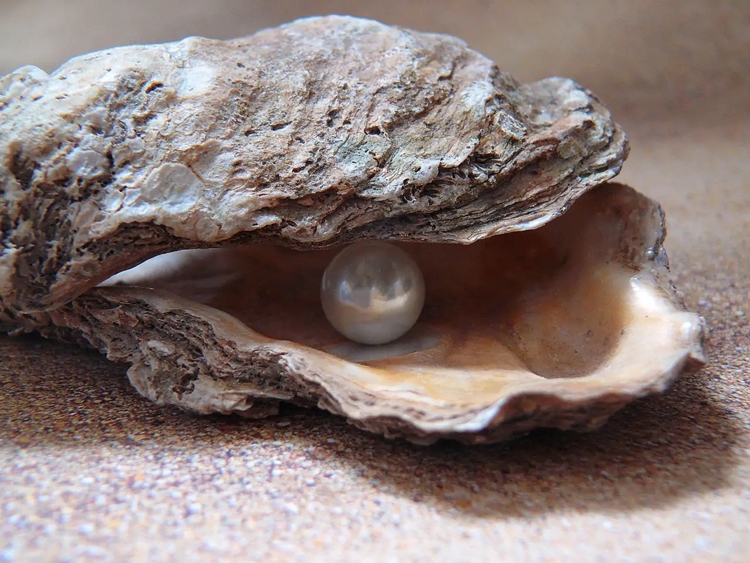
Size and Shape of the Nucleus
The size and shape of the nucleus also play a role in shaping the pearl. For example, a large, round nucleus often produces a round pearl. In contrast, a small, irregularly shaped nucleus can result in a pearl with a more irregular shape.
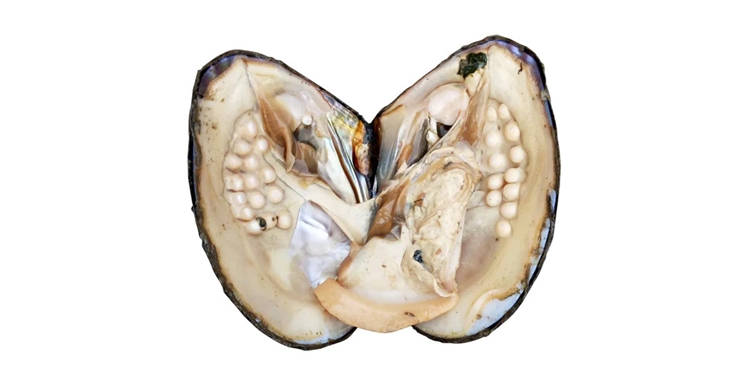
Location of the Pearl
The location of the pearl inside the mollusk's body can also affect its shape. Pearls that form near the surface of the mollusk's body are often more round, while those that form deeper inside the body can be more irregular in shape.
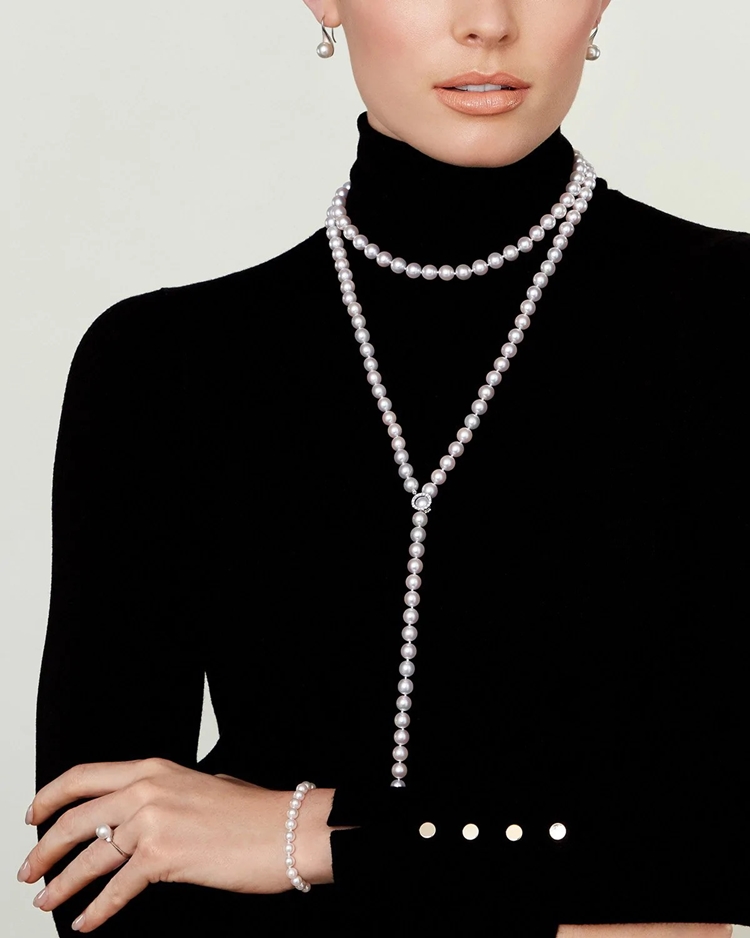
So the next time you admire a pearl necklace or earrings, remember that the oyster is responsible for the stunning shapes of these gems. Who would have thought such a humble creature could create something beautiful?
What Shapes Do Pearls Come In?
There are several common shapes that pearls come in: round, near round, button, drop, baroque, and circled baroque. Each one has a different look and can be used for various purposes. Here's a quick guide to the most common pearl shapes:

Round
Round pearls are the most popular and classic shape. It is because they are perfectly spherical and have a very symmetrical look. However, natural pearls that are perfectly round are extremely rare, thereby making them especially valuable.
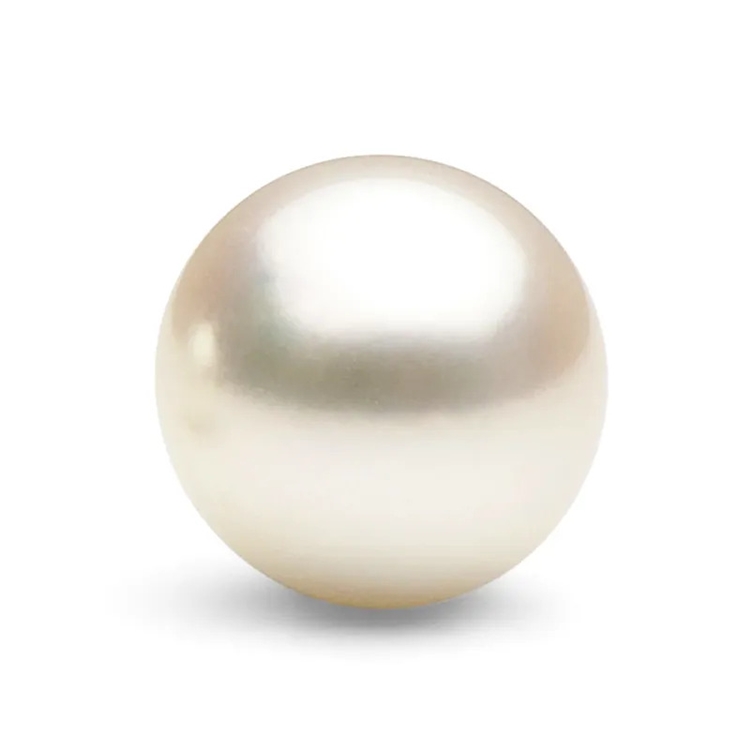
The perfection of a round pearl is generally considered to display a pearl's beauty to the best effect. Japanese Akoya pearls are famous for their perfectly round shape. Such pearls can be used for all jewelry, from necklaces to earrings.
Near-round
Near-round pearls are similar to round pearls but are not quite spherical. Instead, they may have a slightly off-center axis or be slightly flattened on one side. Usually, under a magnifying glass, they look more like an oval or an egg.
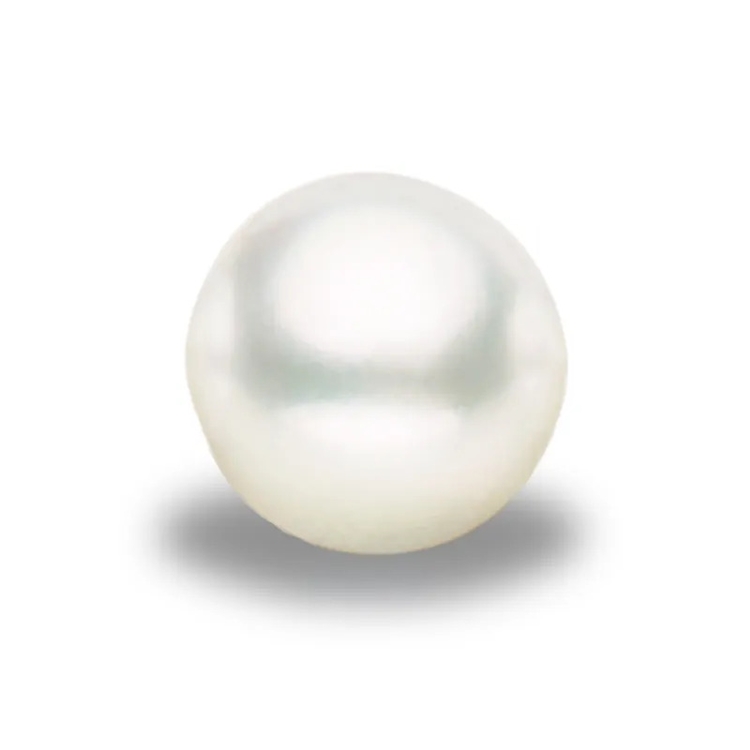
Opt for near-round pearls if you love pearls but are on a budget. To the naked eye, they appear round but cost significantly less than perfectly round pearls. You can find them in every pearl type, though they're most common in cultured freshwater Chinese pearls.
Button
Button pearls are similar to round pearls but flatter in shape. Most pearls have a bottom that is either flattened or slightly curved with a domed top.
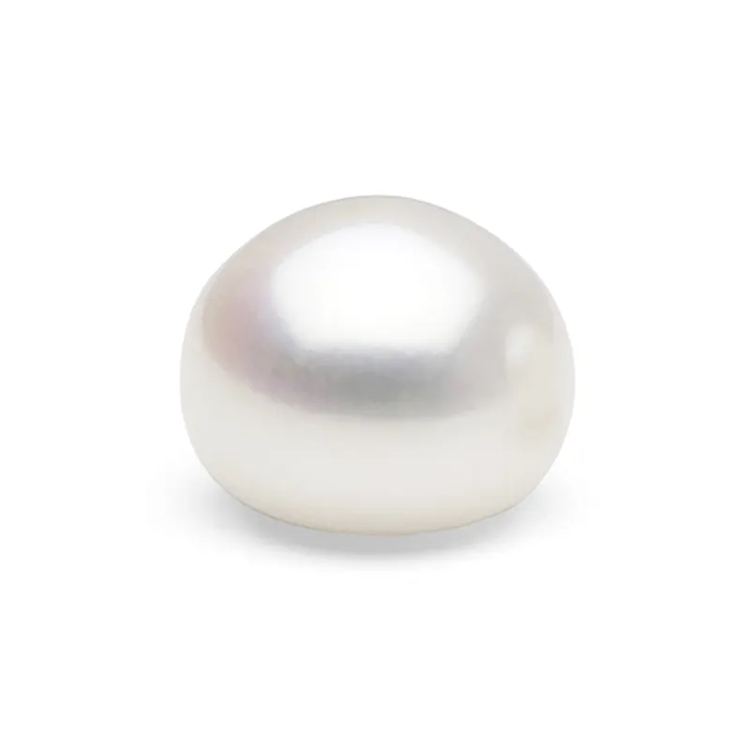
Because of their shape, button pearls are often used in button-style pearl earrings. In addition, the flat bottoms of these pearl earrings make them very comfortable to wear. Besides, they can be used as strand necklaces or accent pieces in other types of jewelry.
Drop
Drop pearls are tear-shaped and have a pointed end. These pearls are the second-rarest type, accounting for around 20% of all harvested pearls. They can vary in shape, some being short and fat while others are elongated. They are commonly used in earrings or as pendants for necklaces.
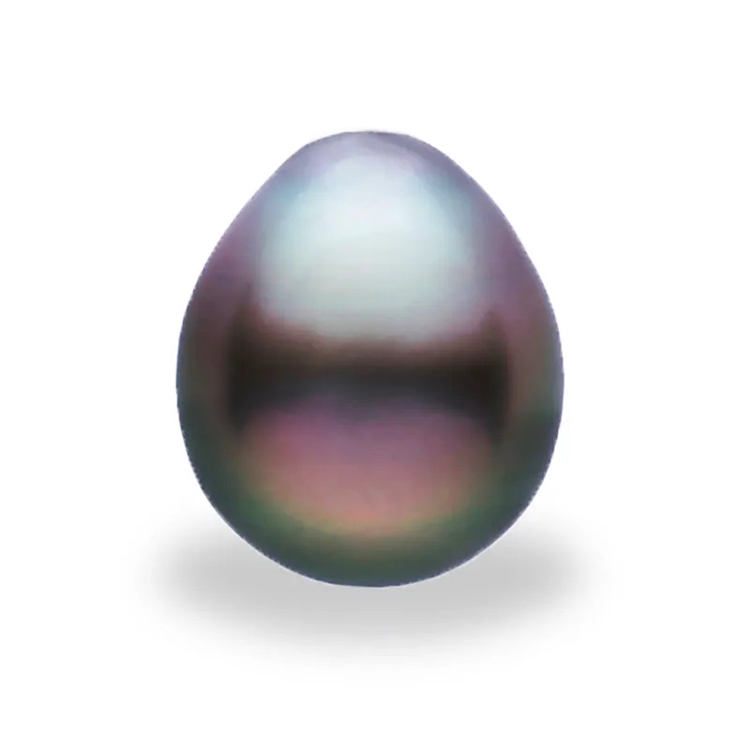
Baroque
Baroque pearls are irregular in shape and can be unique. However, baroque pearls are the most common pearl shapes, making up 40% of every pearl harvest.
Baroque pearls are unique in shape, much like snowflakes, and no two pieces are exactly alike. They come in a wide range of shapes that can include features such as knobs, tips, or circles.
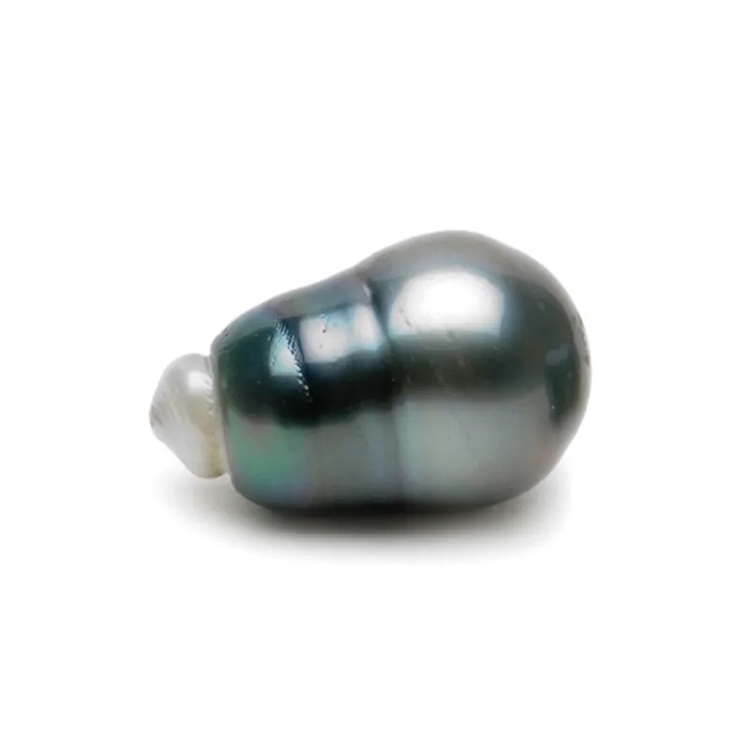
Because of their unique shape, baroque pearls are often used in fashion-forward or avant-garde jewelry designs. In addition, they are often used in statement pieces of jewelry or as part of a more eclectic look.
Circled Baroque
Circled baroque pearls are a type of baroque pearl that has formed a perfect circle. As the name suggests, these pearls are scarce. They are so rare that it's estimated that only one in every 10,000 baroque pearls is a circled baroque.

These pearls are often used in high-end jewelry designs due to their rarity. Circled baroque pearls are considered to be the pinnacle of baroque pearl shape. If you're lucky enough to find one, it will make a beautiful and unique piece of jewelry.
Now that you know the different shapes that pearls come in, it's time to analyze how pearl shape affects its value.
How Does the Shape of a Pearl Affect Its Value?
When it comes to pearls, there is more to consider than just size. The shape of a pearl can also affect its value. Let's look at how a pearl's shape can impact its price and value.
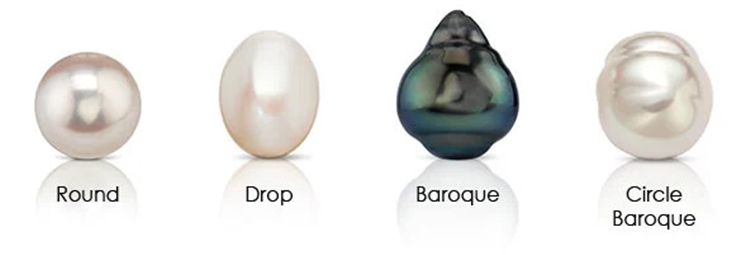
Round Pearls
Round pearls are the most popular shape for pearl jewelry. The harder part about this is that to be qualified as a perfectly round pearl, the variance in diameter found from multiple directions can be at most 2%. As a result, this shape is the most difficult to find in both cultured and natural pearls.
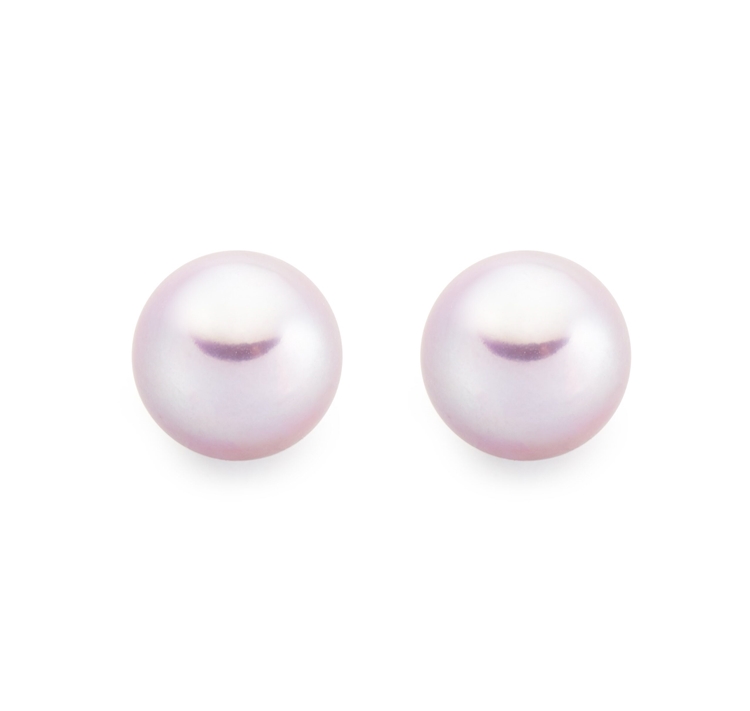
Saltwater pearls like Akoya, South Sea, and Tahitian are more likely to be round than freshwater pearls. It is because, in saltwater pearl cultivation, a round bead is inserted into the oyster to encourage the formation of a spherical pearl. In contrast, only tissue from another mollusk is used in freshwater pearl farms.
Round pearls are the most expensive and valuable because they are the hardest to find. The vast majority of pearls are not perfectly round. If you find a round pearl, it is considered a very valuable gem.
Near-round Pearls
Near-round pearls are the second most popular shape for pearl jewelry. They are not as expensive as round pearls, but they are still quite valuable. To be considered a near-round pearl, the variance in diameter can be at most 5%. Unfortunately, this shape is also challenging in cultured and natural pearls.
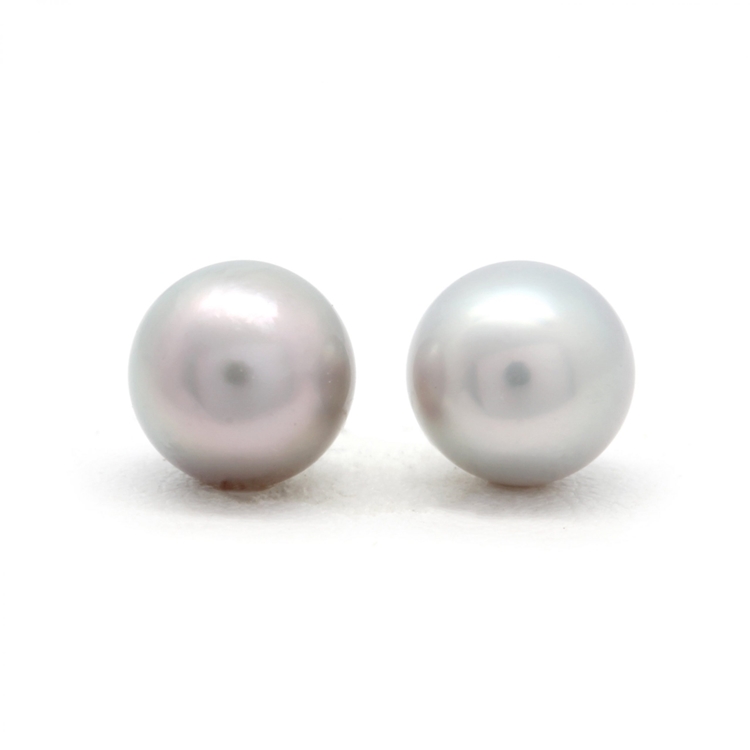
Near-round pearls are less expensive than perfectly round pearls but more expensive than other shapes. Such pearls are very versatile and can be used in various jewelry pieces.
Baroque Pearls
Baroque pearls are the least expensive type of pearl. They are not as popular as round or near-round pearls, but they can still be used in some types of jewelry. To be considered a baroque pearl, the variance in diameter can exceed 5%.
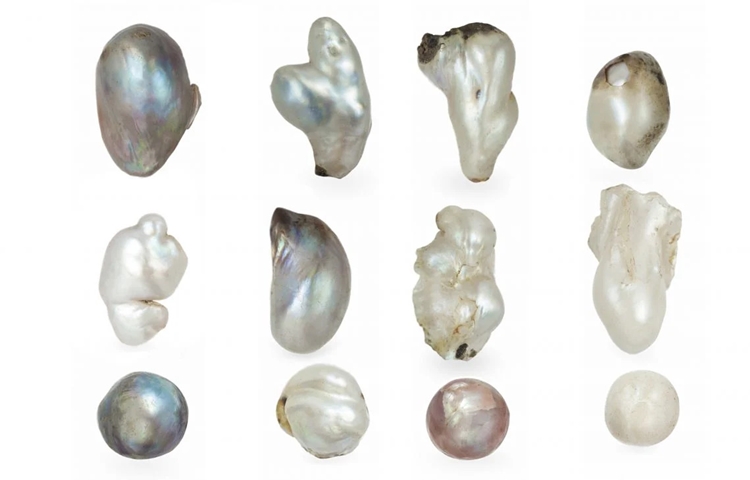
The vast majority of pearls are baroque. The oyster produces more tissue around the irritant, resulting in a less-than-round shape. While baroque pearls are less expensive than perfectly round or near-round pearls, they can still be quite valuable.
Baroque pearls come in various shapes, including oval, drop, button, and teardrop. They are often used in more creative or unique pieces of jewelry.
So, the rounder the pearl, the more value it has. But other-shaped pearls still have value. Baroque pearls can still be quite valuable, especially if they are rarer. The key is finding a pearl you love, regardless of its shape.
Tips for Judging Pearl Shape
The shape of a pearl can indicate its value, but only when evaluated with the type of pearl in mind. For example, pricier natural pearls tend to be baroque shapes rather than round. It is because there's no nucleus bead present in natural pearls. Therefore, they have a greater chance to grow irregularly.
Cultured pearls on the cheaper side usually lack nacre coating, resulting in general rounder-shaped beads.

Everyone loves pearls, but only some know there are different shapes of them! So, to help distinguish between the varying types, we've compiled a list with descriptions.
Akoya Pearls
Akoya pearls with thin nacre are usually round, whereas those with thick nacre tend to be off-round, though there are some exceptions. Consequently, such off-round Akoya pearls are generally considered low quality.
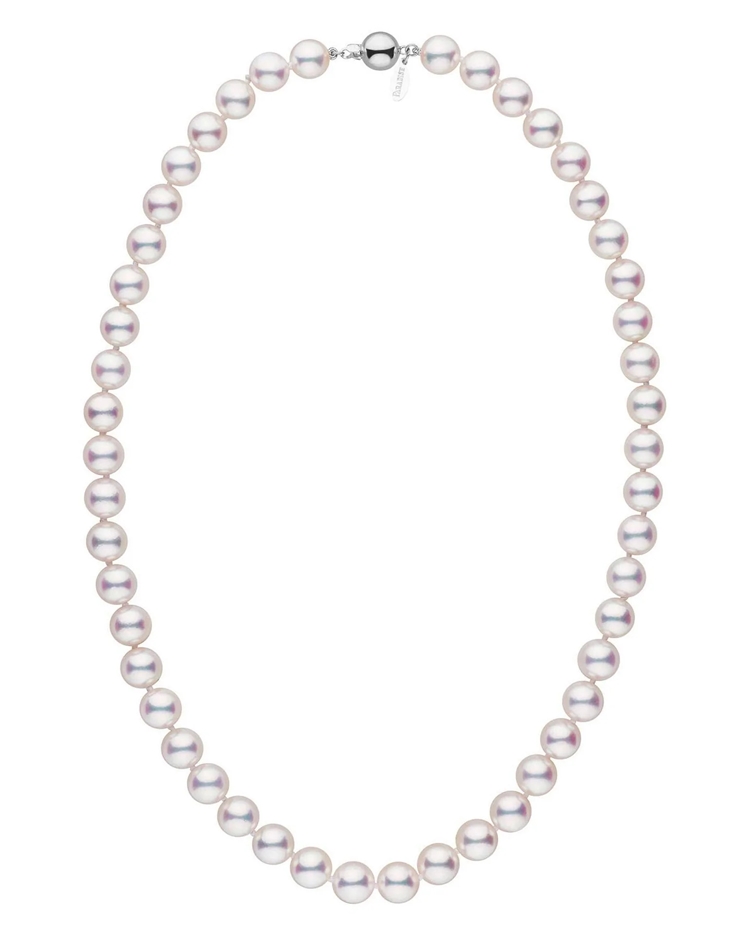
South Sea Pearls
Unlike their perfectly round counterparts, some South Sea cultured pearls often vary in shape. Therefore, the larger the pearl, the more likely it is to be misshapen. Because of this, baroque South Sea pearls are usually a cheaper and just as reasonable option.
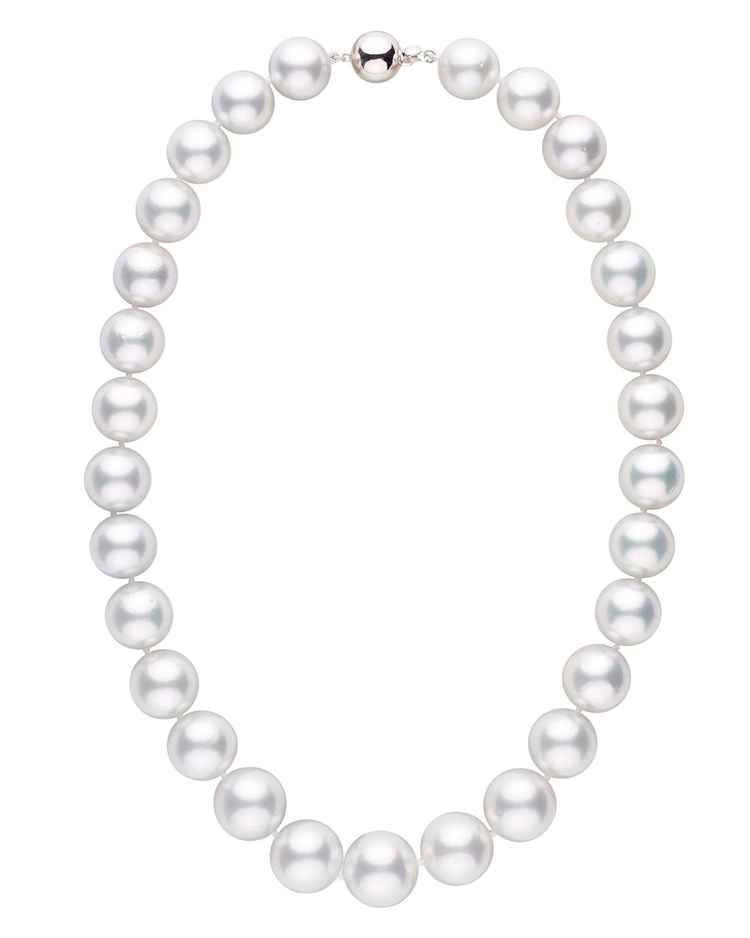
Tahitian Pearls
Regarding Tahitian cultured pearls, the most common shapes are oval and baroque. However, due to the large size of Tahitian pearls, even these misshapen ones can be expensive.
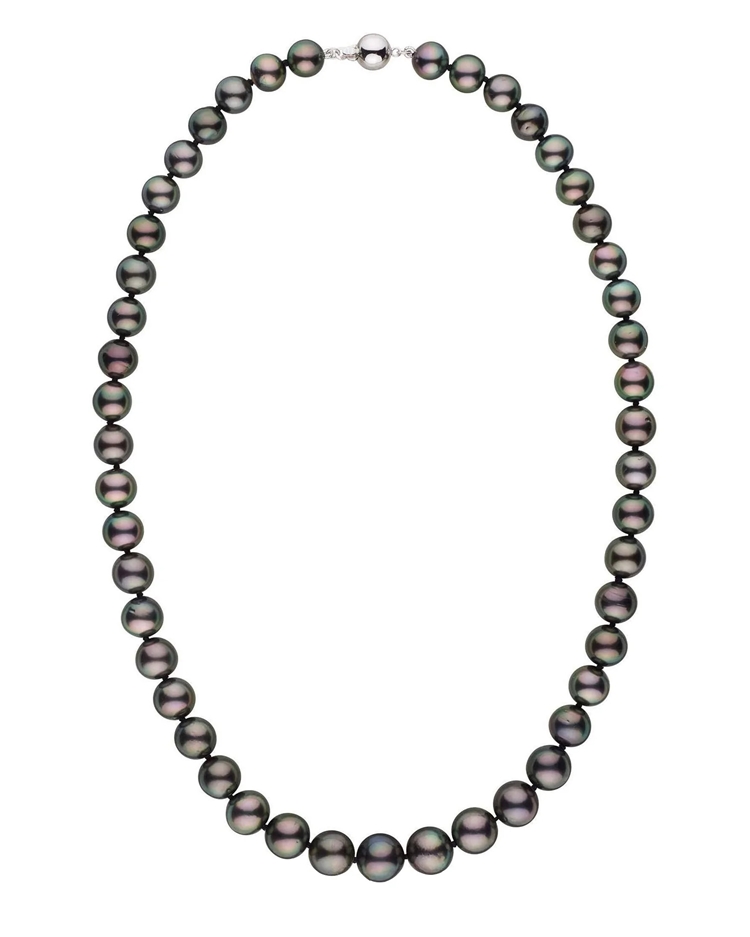
Freshwater Pearls
Freshwater pearls come in all shapes and sizes, from near-round to baroque. Of course, baroque freshwater pearls are more desired, but cultured off-round freshwater pearls are much easier to come by. They're also usually a lot cheaper than similar-quality saltwater pearls would be.
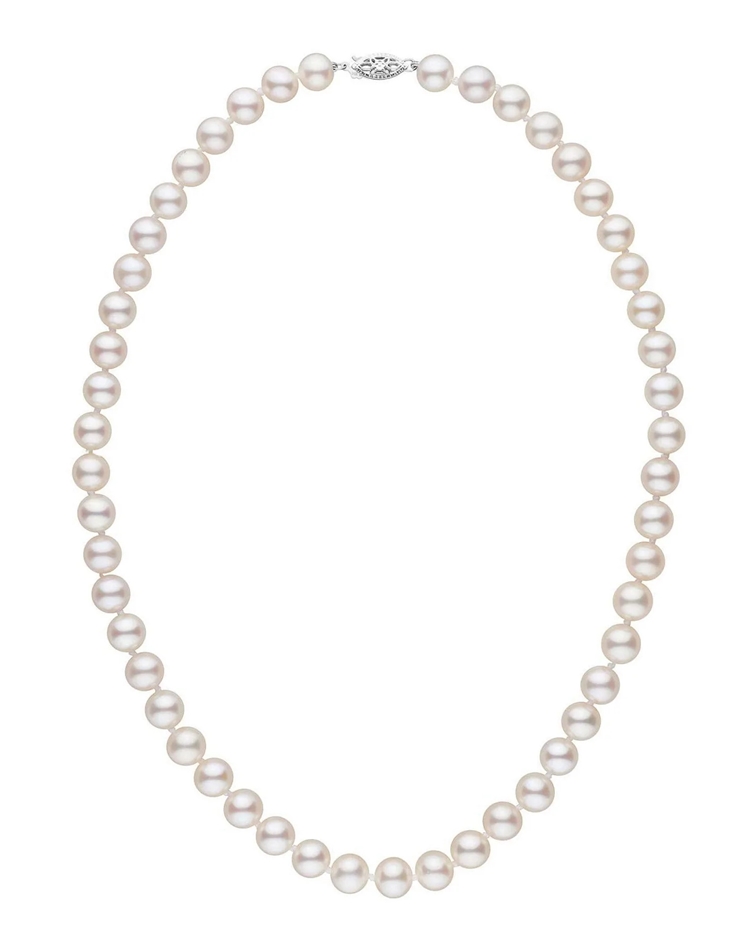
Bottom Line
So now that you know all there is to learn about pearl shapes, it's time to put this information into practice. With the holidays just around the corner, what sounder way to impress your loved ones than with a beautiful piece of jewelry containing a lustrous pearl?
Start shopping for your perfect piece today, and consider the different shapes available. Thanks for following along on our journey through the world of pearls!


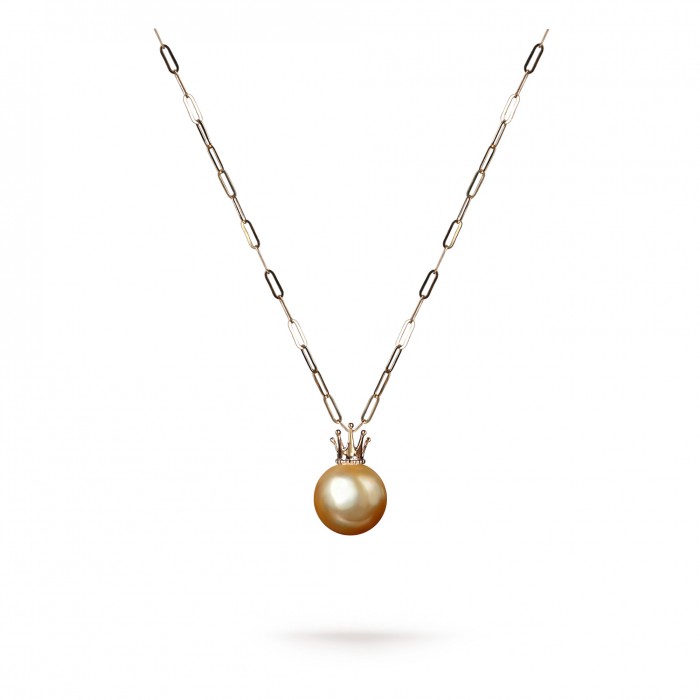
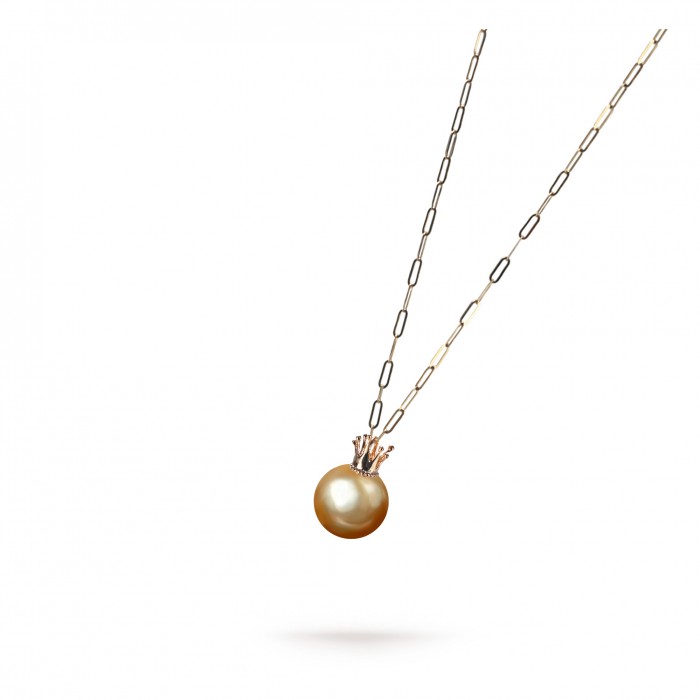
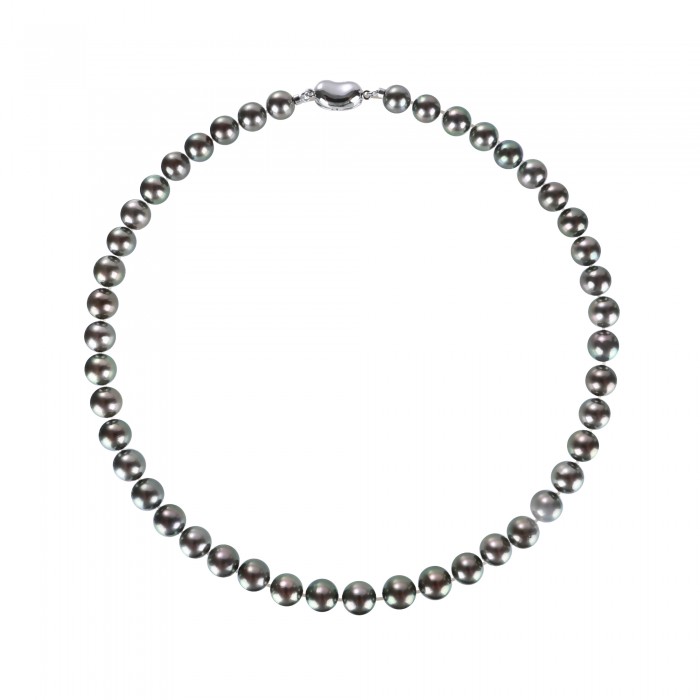
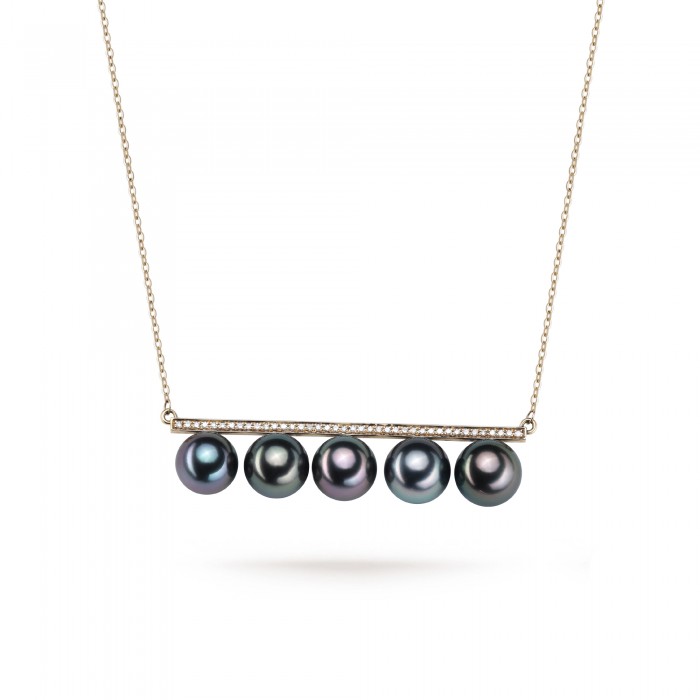
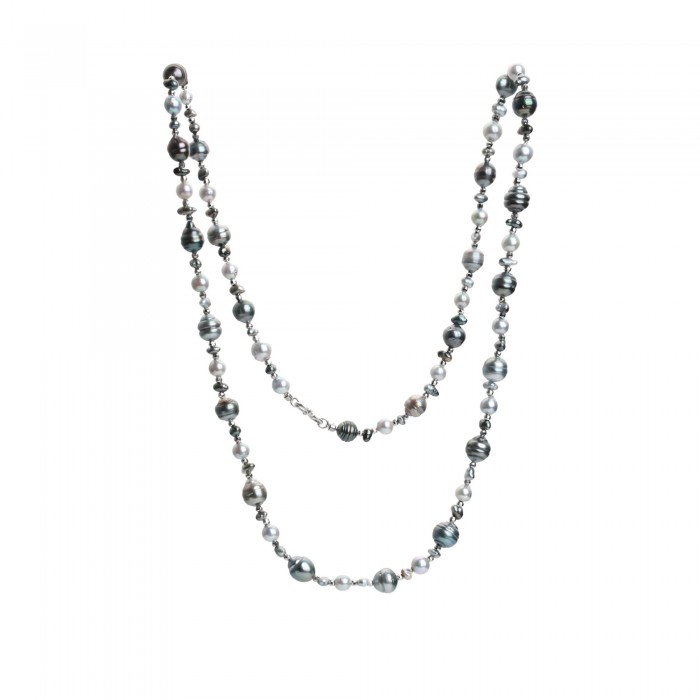
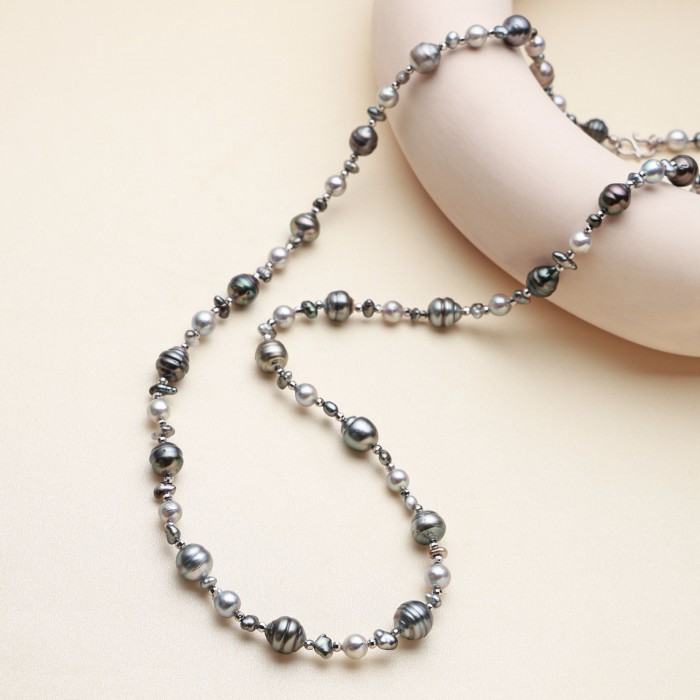
Leave a Comment